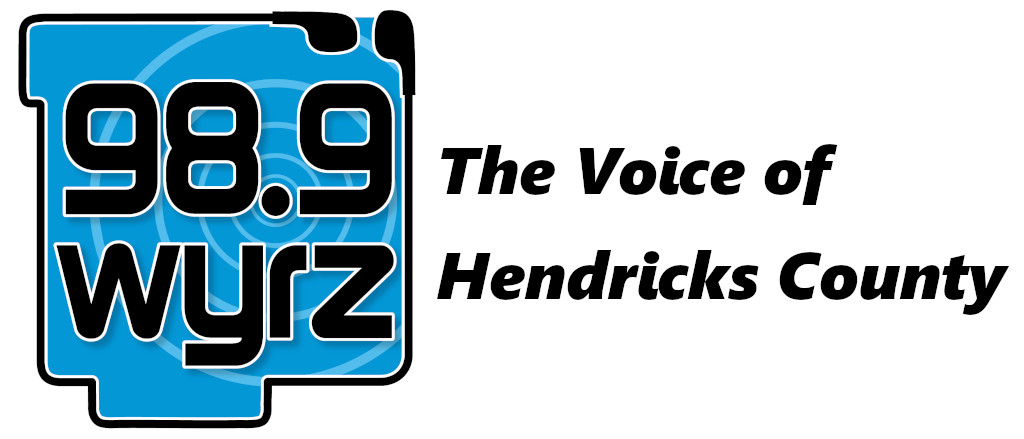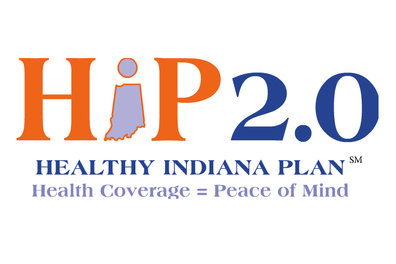Indianapolis – The results of a study conducted by the Lewin Group, an independent health care consulting firm, affirm the success of the design and implementation of the Healthy Indiana Plan (HIP) 2.0.
“The Healthy Indiana Plan is proving what Hoosiers have known all along: when we give people choices and the opportunity to be active participants in their own health care, it leads to better health outcomes,” said Governor Mike Pence. “HIP 2.0 should serve as a national model for how state-led reforms can actually accomplish what national health care reform has failed to do. We can provide financially sustainable health care to low-income populations that will actually lead to healthier lives.”
Lewin Group’s findings note that Indiana’s design to empower HIP 2.0 participants to take ownership of their health care and contribute financially to their coverage improves outcomes and satisfaction rates while lowering Emergency Room usage and emphasizing primary preventive care. The findings were presented to the Medicaid Advisory Committee by Indiana Family and Social Services Administration (FSSA) Medicaid Director Joe Moser earlier this week.
In a letter of support of the program, Dennis Murphy, President and CEO of Indiana University Health wrote, “IU Health is pleased by the progress and potential of HIP 2.0 and its ability to support low-income, hardworking Hoosiers in managing their health care needs and costs. The Pence Administration has once again captured the essence of Hoosier innovation, solidifying Indiana as a leader in Medicaid reform and the advancement of consumer-driven health care.” Key findings of the study include:
- Nearly 7 out of 10 first-year members participated in the HIP Plus program, meaning they chose to make contributions into their POWER Accounts (health savings-like accounts). More than 62 percent of members whose incomes were at or below the federal poverty level participated in HIP Plus. Forty percent of HIP Plus members say they check the balance of their POWER Account each month.
- Once members start making POWER Account contributions, 92 percent of those surveyed with incomes below the poverty line and 94 percent of those above the poverty line continued making their contributions through the year.
- Eighty-six percent of surveyed members who have made contributions were satisfied or very satisfied, compared to 71 percent of those who did not make a contribution. Ninety-three percent of surveyed members said they would reenroll in HIP if they left the program but then became eligible again.
- HIP Plus members (making contributions) are 93 percent more likely than HIP Basic members (not making contributions) to have had a primary care visit. Overall, 75 percent of members enrolled for the entire year had received preventive care services, this number was 86 percent of HIP Plus members (members making contributions).
- Most HIP Plus members did not report needing help making their POWER Account contributions, and over half said they never or rarely worried about being able to pay their monthly contribution.
- Among members not making monthly contributions (HIP Basic members), 87 percent surveyed said they would be willing to pay $5 more per month for HIP coverage, and 79 percent said they would be willing to pay $10 more per month.
- Thirty-nine percent of the health care providers surveyed said they had seen a decrease in requests for charity care.
- Very few members surveyed indicated that they rely on medical/insurance-covered transportation to get to medical appointments. Over 90 percent report travelling in their own car or someone else’s car (such as a friend’s, neighbor’s, or family member’s) and either driving themselves or having someone else drive them to appointments. Members with non-emergency transportation benefits actually reported missing more appointments due to transportation issues than those without the benefit.
HIP 2.0 currently has more than 390,000 members enrolled and is available to all non-disabled Hoosiers age 19-64 with incomes at or below 138 percent of the federal poverty level. Information about eligibility and how to apply is available at www.hip.in.gov.The Lewin Group’s evaluation report is available here.






